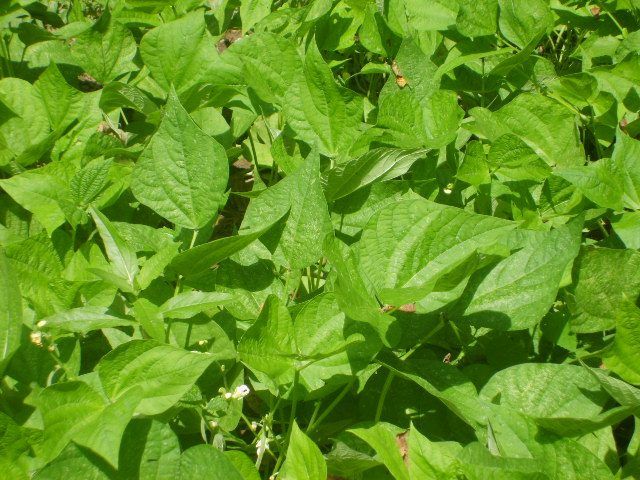Bulbs
Flower Basics
Flower Beds & Specialty Gardens
Flower Garden
Garden Furniture
Garden Gnomes
Garden Seeds
Garden Sheds
Garden Statues
Garden Tools & Supplies
Gardening Basics
Green & Organic
Groundcovers & Vines
Growing Annuals
Growing Basil
Growing Beans
Growing Berries
Growing Blueberries
Growing Cactus
Growing Corn
Growing Cotton
Growing Edibles
Growing Flowers
Growing Garlic
Growing Grapes
Growing Grass
Growing Herbs
Growing Jasmine
Growing Mint
Growing Mushrooms
Orchids
Growing Peanuts
Growing Perennials
Growing Plants
Growing Rosemary
Growing Roses
Growing Strawberries
Growing Sunflowers
Growing Thyme
Growing Tomatoes
Growing Tulips
Growing Vegetables
Herb Basics
Herb Garden
Indoor Growing
Landscaping Basics
Landscaping Patios
Landscaping Plants
Landscaping Shrubs
Landscaping Trees
Landscaping Walks & Pathways
Lawn Basics
Lawn Maintenance
Lawn Mowers
Lawn Ornaments
Lawn Planting
Lawn Tools
Outdoor Growing
Overall Landscape Planning
Pests, Weeds & Problems
Plant Basics
Rock Garden
Rose Garden
Shrubs
Soil
Specialty Gardens
Trees
Vegetable Garden
Yard Maintenance
How to Grow Blue Lake Bush Green Beans
How to Grow Blue Lake Bush Green Beans. There's nothing quite like growing your own vegetables, especially when it comes to growing green beans--Blue Lake green beans. Their flavor is unsurpassed and bush beans are just as prolific as runner beans but take up less space and are more compact. Top and tail them and steam or boil them, and finish off...

There's nothing quite like growing your own vegetables, especially when it comes to growing green beans--Blue Lake green beans. Their flavor is unsurpassed and bush beans are just as prolific as runner beans but take up less space and are more compact. Top and tail them and steam or boil them, and finish off with a generous pat of butter and a little black pepper.
Things You'll Need
Quality Blue Lake Bush green bean seed
Prepared garden soil
Water
Watering can
Garden twine
Prepare the land by tilling carefully. Remove twigs, rocks, roots and other debris as you go. Ensure the soil is crumbly and small—large clumpy wads of dirt will need to be broken up into uniform small pieces.
Buy guaranteed seed organic if it's within your gardening budget and remember, beans are a legume and even when the crop is finished, all organic matter that remains may be plowed under to fix the nitrogen in your soil--great for the next season.
Run twine in straight lines 2 feet apart where you want to plant your seeds. This will keep your garden neat and will allow you to walk between rows to harvest your crop easily.
Make furrows along the twine lines and drop in two seeds 2 feet apart, covering them with one inch of soil tamping down gently. Place empty seed packets on stakes at the end of the rows to remind you of what and where you have planted. Water the seeds in with a watering can and keep moist until seeds have sprouted.
Thin plants when they are about 4 inches tall by plucking out the smaller plant in order to let the larger plant receive more nutrients without having to compete for food.
Cultivate around the young plants with a hand-fork to supply aeration to the soil. This will allow water to soak in and get to the roots.
Water and weed the beans regularly; the garden needs one inch of rain or water per week. Keep the beans picked when pods are full and about six inches long. This will encourage steady production all season. From planting to harvest, your crop should be ready in 58 days.